
Solar EV startup Aptera recently invited Electrek to visit its current headquarters in San Diego, CA, and see the alpha versions of its Aptera SEVs close up. In a sit-down interview with Aptera co-founder Chris Anthony, I was able to gain insight into Aptera’s future plans as it navigates its beta phase of SEV development and looks to begin production in 2022.
You are probably familiar with at least one iteration of Aptera Motors Corp. at this point. The mobility startup is based in San Diego, California, and specializes in solar electric vehicles (SEVs). After an attempt to bring its Aptera 2 Series to the masses in the mid-2000s, the company inevitably folded.
However, after a successful crowd-funding campaign a decade later, Aptera’s original co-founders Steve Fambro and Chris Anthony are taking another crack at it, with hopes of delivering one of the world’s most efficient EVs. In fact, Aptera has raised $28 million to date from the crowd and private investors during its Regulation A+ round.
The revamped Aptera SEV has been a vehicle we have reported on consistently over the years as its creators work to bring it to scalable life. Most recently, Aptera shared Luna, the silver exterior coat of its Aptera vehicle. It now joins the Noir (black) and Sol (white) Apteras as the third and final alpha version of the SEV.
Aptera has now entered beta phase of development, before planning to enter production in Southern California in 2022.
I had the opportunity to visit Aptera HQ and get a tour with co-founder Chris Anthony, who spoke with me for quite a while about what Aptera is up to and what it has planned for the future.
Aptera plans SEV production in 2022 with new assembly facility
During our discussion, Chris Anthony talked about his second attempt at SEV production, Aptera’s current status, and where he sees the company going next.
Sitting together inside the Aptera Luna, Anthony was candid and optimistic about the future of its 1,000 mile range SEV based on customer reservations, plans for an IPO, and new assembly facilities to expand from.
Scooter Doll: My first question really, is this is the second iteration of Aptera. What has changed in the last ten years? Not only for the company itself, but in the market it is entering?
Chris Anthony: Ten years ago, there just was no electric vehicle industry. We were coming out with the first Aptera around the same time as the Tesla Roadster. So the vendor base wasn’t there, DC to DC converters didn’t yet exist in automotive quality. There was no charging standard, J1772 didn’t even exist yet… we were using marine plugs to charge the Aptera and 110V extension cords. Flash forward ten years and there’s a whole world of automotive components… charging technologies, DC to DC converters, inverters, actual motors – we were using first gen. motors in the Aptera that nobody knew what the long term viability would be at that time. Now we can go out to vendors who have already built hundreds of thousands of “x” part, and get that part of the Aptera. It’s a world of difference from a supply chain perspective.
Scooter Doll: You seem to have sold people on the idea of an SEV and its potential. How does Aptera plan to deliver these vehicles to production for consumers?
Chris Anthony: Right now, we feel we have a pretty solid vehicle design, working with companies like Roush who are suspension and production experts. Munro & Associates, Sandy Munro has invested in us personally. We are working with his company to make the manufacturing plants get this vehicle into high volume production. The thing that we’re really lacking right now is a cooperative supply chain because of COVID-19 and supply chain disruption, it’s been really hard.
Scooter Doll: On the topic of supply chains, do you think that these sort of strangles on global supply chains will have any effect on Aptera’s production timeline for 2022?
Chris Anthony: I do. You know, we had aspired to make a production-intent vehicle by the end of this year. I think we’re pushing that into next year, but hopefully not too far into next year. We’ve signed some significant agreements that I think will provide us parts in 2022 at a greater scale than we were anticipating before. So I think once we pull the trigger on manufacturing, we will be able to scale rapidly, and really start to crank out vehicles. But getting to that start of production is probably later than what I had in my head at least, a year or two ago.
Anthony went on to elaborate about some of the trickle-down problems regarding missing components that are held up due to supply chain issues, such as chips for door control modules. The co-founder went on to say that Aptera beta body parts are already being made, and relayed that the company has been able to progress very well with the stuff it has under its own control.
Scooter Doll: We previously reported that Aptera is now developing beta SEVs. Will some of these betas be used more publicly to show proof of concept to consumers? I know the public hasn’t seen much of these vehicles in action yet.
Chris Anthony: Yeah, I think for the next three months, all we’re gonna have that’s pretty are the alphas. After that, we will have all the betas being completed for the development vehicles to send to suppliers, and will probably work on a couple pretty versions of that into next year and will be able to show people. The problem is, the only intent of the beta version is to validate production parts. So, as soon as we have all the production parts validated in a beta, essentially its a pre-production vehicle… putting together enough vehicles for press and ride and drives should then be easy, but that’s probably end of Q1, Q2 of next year before we start thinking about stuff like that.






In the coming weeks, Aptera is moving slightly north to Carlsbad, CA to a new 80,000 sq. foot assembly facility, which will be complemented by two additional spaces of 16k and 8k sq. ft. nearby for beta development, R&D, and solar composite manufacturing.
Aptera’s co-founder told me their plan is to get as many sub-assemblies done out of house so they can be more easily assembled wherever they are sent.
Anthony shared that the real goal is to expand these assembly facilities far beyond Carlsbad, mentioning other locations like Northern California, Texas, Virginia, Georgia, the UK, Norway, and Australia – just to name a few.
That all starts with the new Carlsbad facility and getting that assembly layout correct and efficient right out of the gate.
Scooter Doll: Is there any sort of loose timeline on that sort of expansion?
Chris Anthony: Yeah, we’re hoping to have a public offering in the next 9-18 months, and as that kind of comes together, that can give us the capital for that kind of expansion wherever we want. I don’t think it would be smart to expand anywhere until we have this vehicle in production at rate… I do think the demand will increase significantly once people feel that this is vehicle is tangible.
Scooter Doll: I can see the focus is on the Aptera here and getting the vehicle out to the public, but have there been any discussions about a second vehicle?
Chris Anthony: Yeah, I mean, this is our halo brand. This is the most efficient thing you can put on the road, and because of that, it enables the solar charging capability and not having to plug it in and things like 1,000-mile range. But we realize there’s a whole world of things that need to be more efficient, and we would love to play in those areas. Our goal is to make transportation as a whole more efficient, and we think we can bring solar charging capability to larger, more capable vehicles. Ones where you can seat five people or Amazon delivery type vehicles.
Scooter Doll: Are there any plans or discussions about bi-directional charging on the Aptera to supply energy back to the grid or even charge other EVs?
Chris Anthony: A lot of people, I think, will overestimate how much power they really use, and they’ll have excess solar power capability. The problem with solar panels is once you’re not using the solar, they basically turn into resistors and produce heat. So it’s actually bad for the vehicle to not produce power and just send that power somewhere. So we would rather send that power back to your home, or back to the grid, or do something like run a processing unit in the vehicle to do city research, or DNA sequencing, or crypto mining, or whatever people want to choose to use their energy for.
When Mr. Anthony elaborated on the potential of solar energy, he also mentioned autopilot. I asked if that would be an option for Aptera drivers, and he told me that the plan is to offer a Level 2 autopilot system from inception on the Aptera.
He said the supply chain will affect how quickly that technology is implemented as someone else will be developing the system for them, but the goal is L2 capabilities with no plans for L3 or beyond at this time.
As mentioned above, the Aptera SEVs are now in beta phase as the company looks to expand to its newly leased assembly facility in the coming weeks. Next will come pre-production versions and hopefully some test drives with yours truly.
Electrek‘s take
All in all, it was a nice visit to Aptera HQ to see the SEVs up close for myself. You don’t truly grasp their size and sleekness until you see them up close either. The single rear wheel also gives the Aptera a look as if it’s almost floating when you catch it at the right angle.
I want to preface my thoughts by saying I understand I was only exposed to alpha versions of the Aptera, but it seems like quite a bit needs to be done before the Aptera reaches a scalable production model.
While I do think Aptera is on the right track to deliver its flagship SEV to its 13k+ reservation holders, the timeline feels a bit optimistic. Aptera still needs to finish developing and manufacturing 6-12 beta versions, then send those off to suppliers to validate production parts, followed by pre-production model testing and certification (although that should be easier under its motorcycle classification).
On top of that, the company is moving to a much larger facility that will still need to be rigged for efficient and scalable assembly of the Aptera SEVs, which is sure to take some time.
Especially with the goals that Chris Anthony and Aptera have for global expansion and a cookie-cutter approach to assembly plants, they’ll want to make sure they get the Carlsbad location perfect before they copy-paste the process anywhere else.
I think I’m part of a crowd (of at least 13k) that believes in the idea of the Aptera and its solar charging technology, and I do believe it’s viable and scalable. What I’m currently struggling with is the timeline that Aptera will be delivering these vehicles to customers next year.
Aptera’s planned IPO would certainly help, but even that’s probably a year away. I want to believe, and perhaps I will after watching the betas progress, or after test driving a pre-production model next year. But I think a lot needs to happen before then, and I truly hope Aptera can do it, because the SEV is a very cool idea.
FTC: We use income earning auto affiliate links. More.
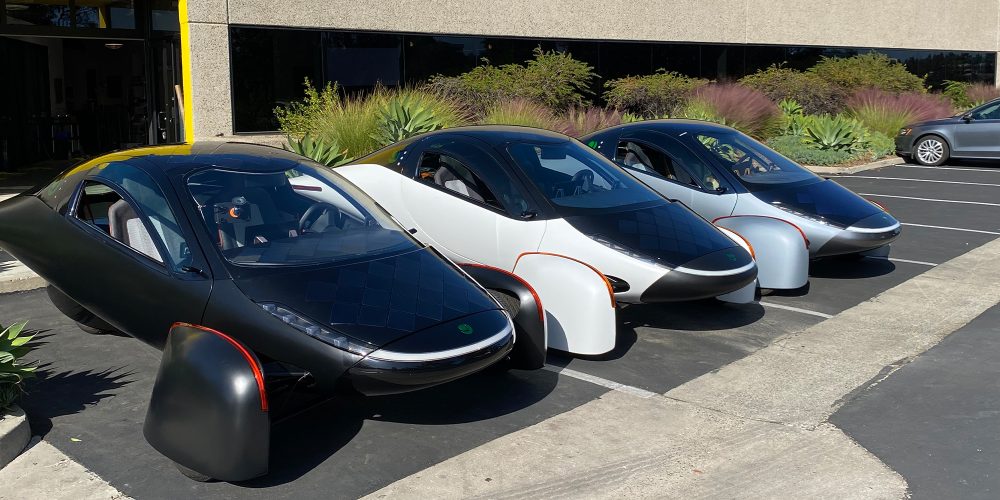
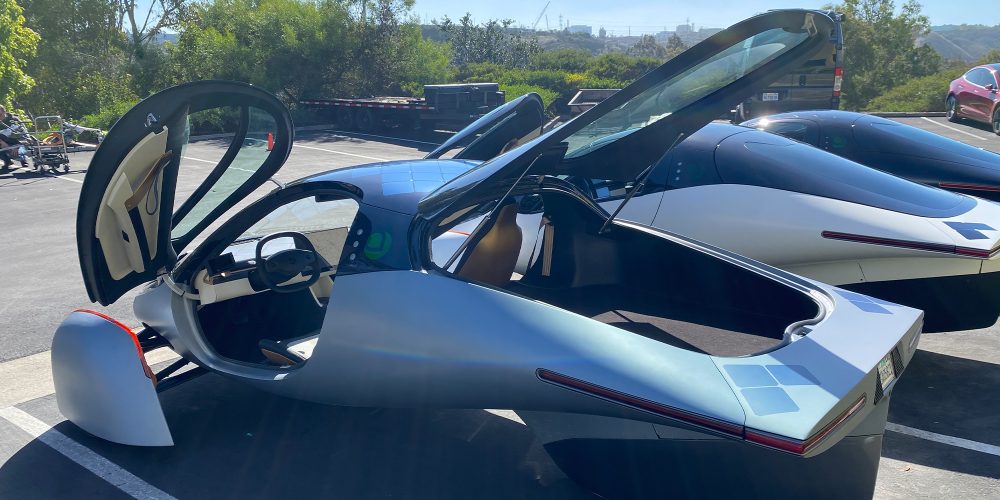
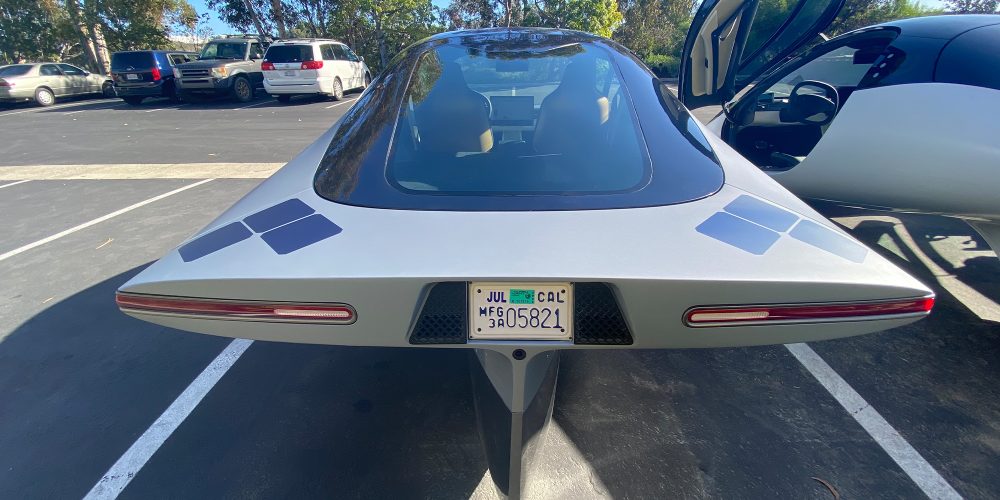
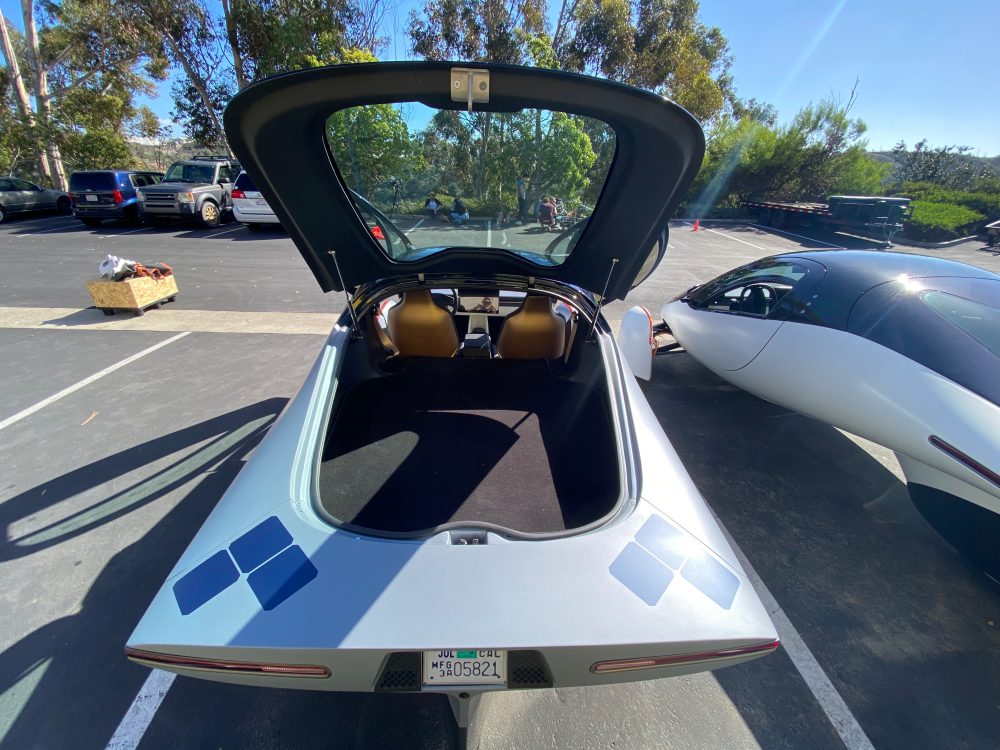
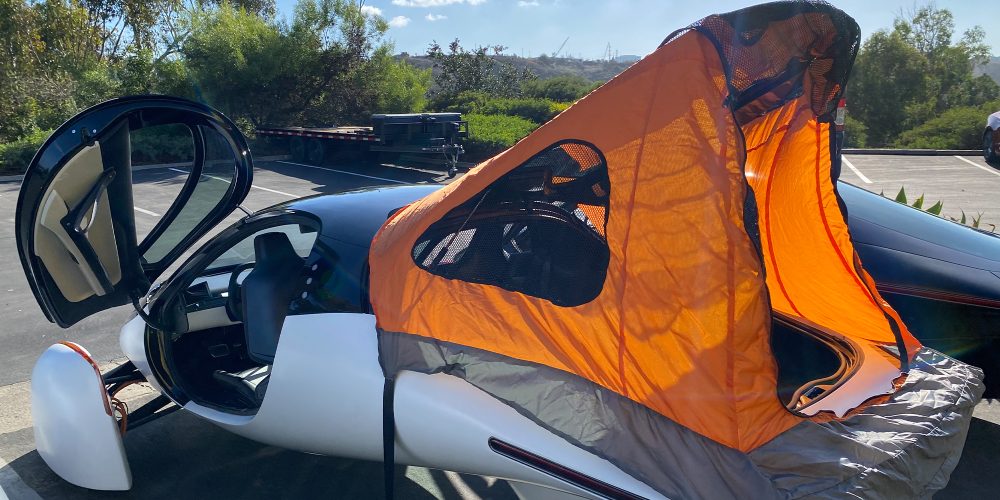
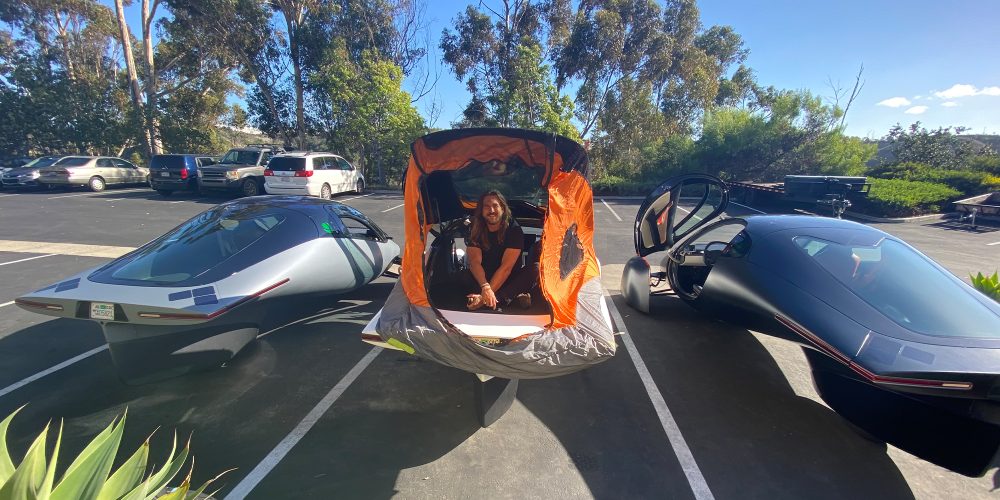




Comments